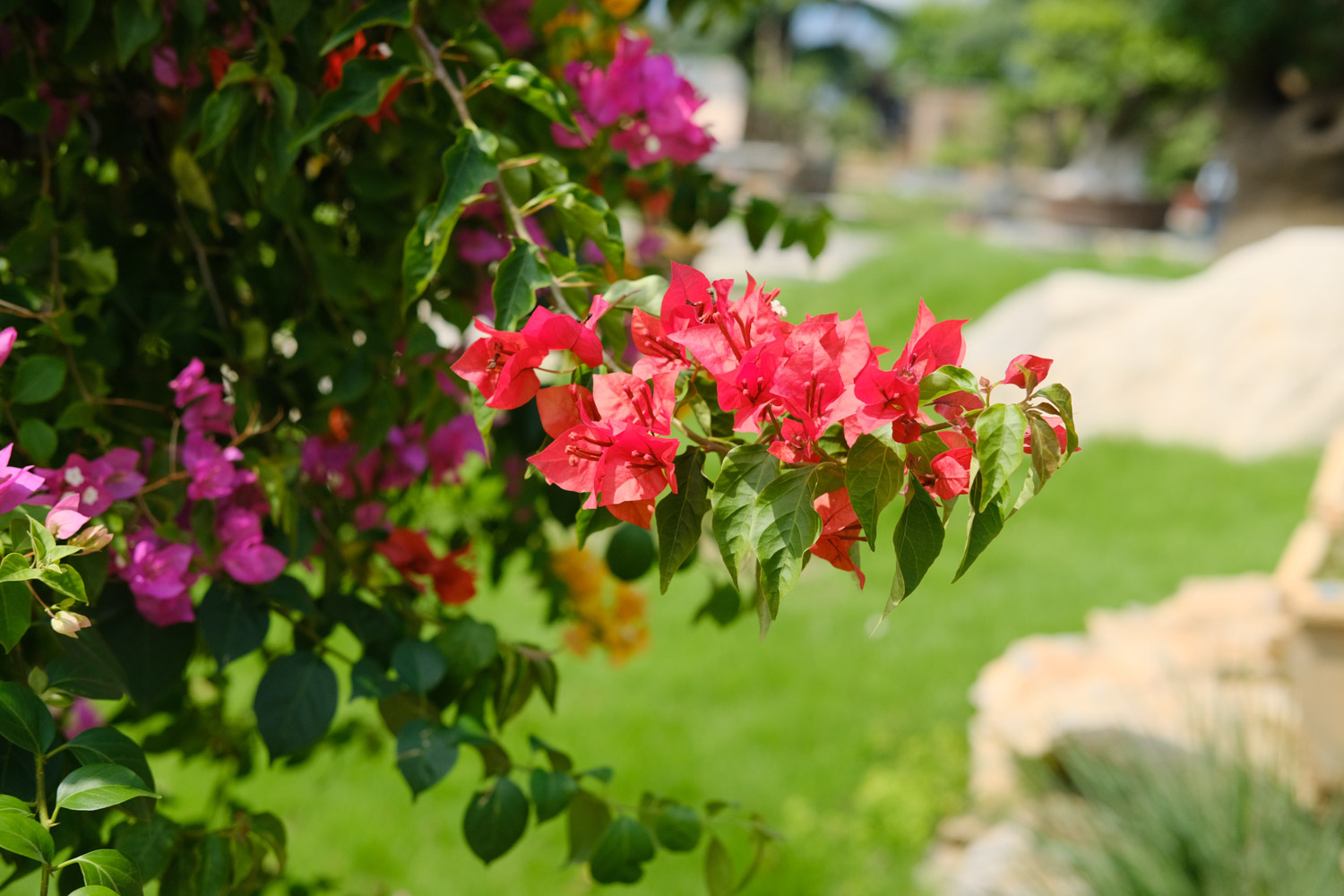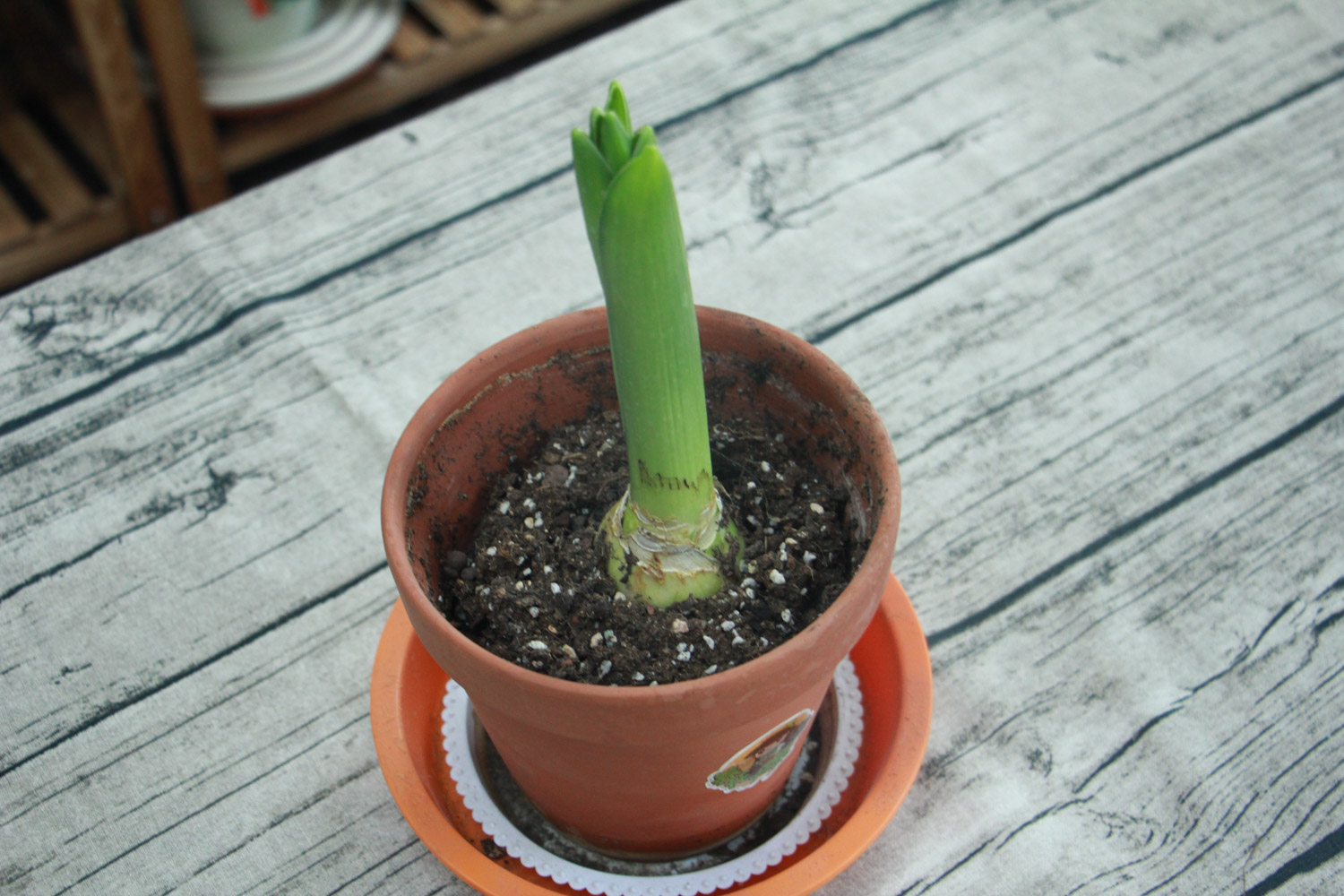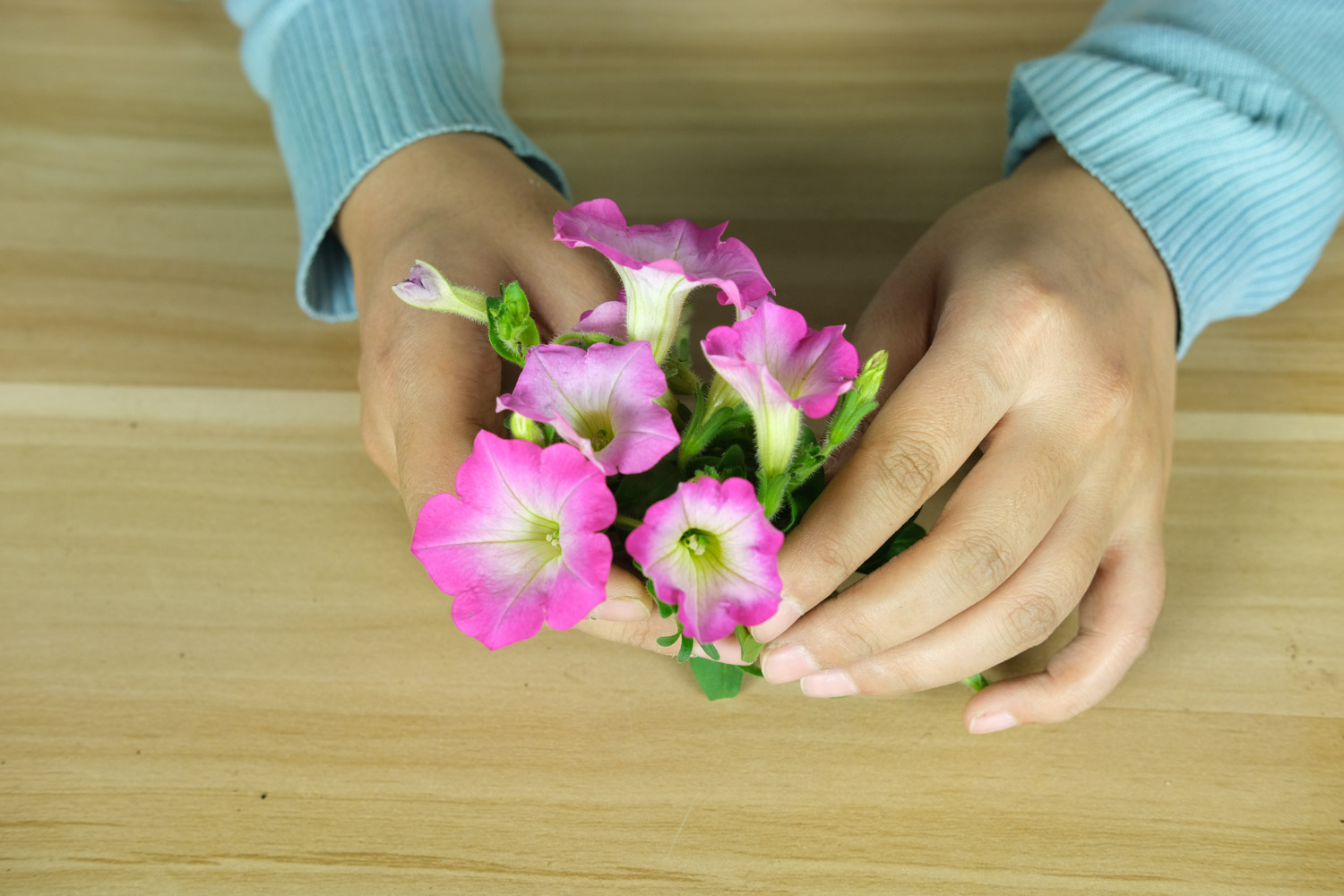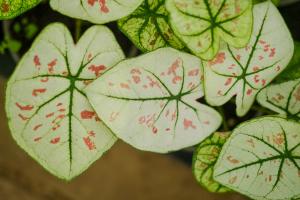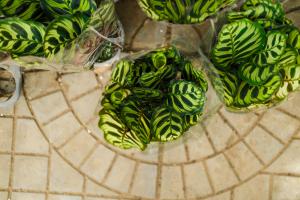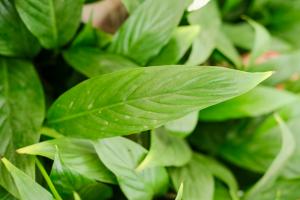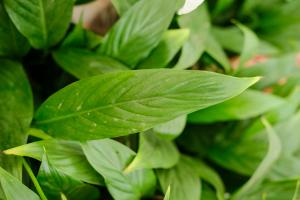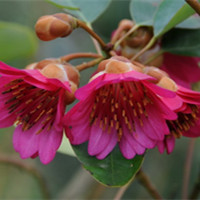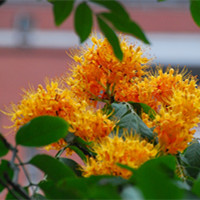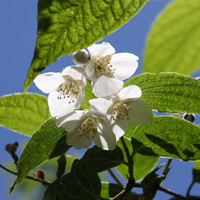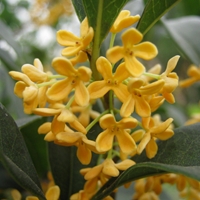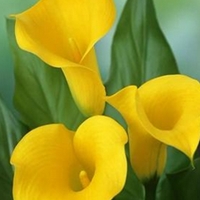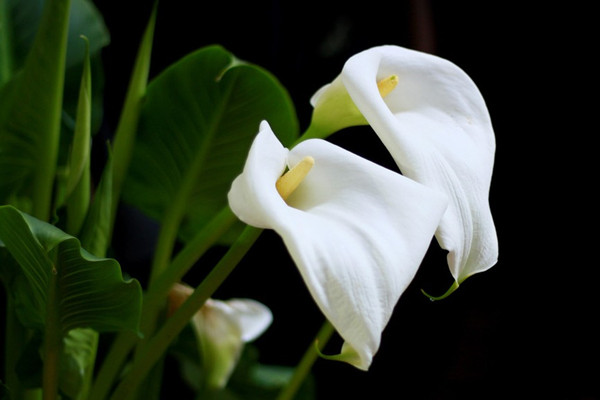
Another name for sea taro flower
There are many common names for sea taro flower, such as mark taro, Stellera chamaejasme, wild taro, mountain taro, big root taro, big insect taro, sky taro and tianmeng. As an ornamental plant, it is called dripping Guanyin, because if the environmental humidity is too high, it will drip water from its wide leaves. Its flower is a meat spike inflorescence, with a large green Buddha flame bud outside, which develops into a boat shape, just like the Guanyin statue
Growth habit of sea taro flower
Taro is a perennial herb with wide leaves. It needs to overwinter indoors in northern China. It can grow in the open in the south. Bulbs and leaves can be used as medicine, but they are poisonous. Its leaf juice will be poisoned at the entrance. The sea taro in Taiwan refers to Calla Lily
Geographical distribution of taro flower
Taro flowers are mainly found in tropical rain forests and wild plantain forests in central and southern, Western and southeastern Yunnan Province, with an altitude of 200-1100 meters. Sichuan, Guizhou, Hunan, Jiangxi, Guangxi, Guangdong and coastal islands, Fujian and Taiwan also have
Abroad, it is distributed in Bangladesh, northeast India (Kasi mountain), Laos, Cambodia, Vietnam, Thailand to the Philippines
Sea taro flower language
White Sea taro is given to students and friends. The flower language is "youth and vitality"; Yellow Sea taro is given to a close friend. The flower language is "noble friendship"; Orange Red Sea taro symbolizes love. Please give it to the person you like, because its flower language is "I like you". The shape of sea taro is simple and pure, and the White Sea taro is fresh and soft. The flower language of sea taro is very beautiful. It is pure, happy, beautiful and pure love. Taro itself also represents sincerity, simplicity, purity and beauty


